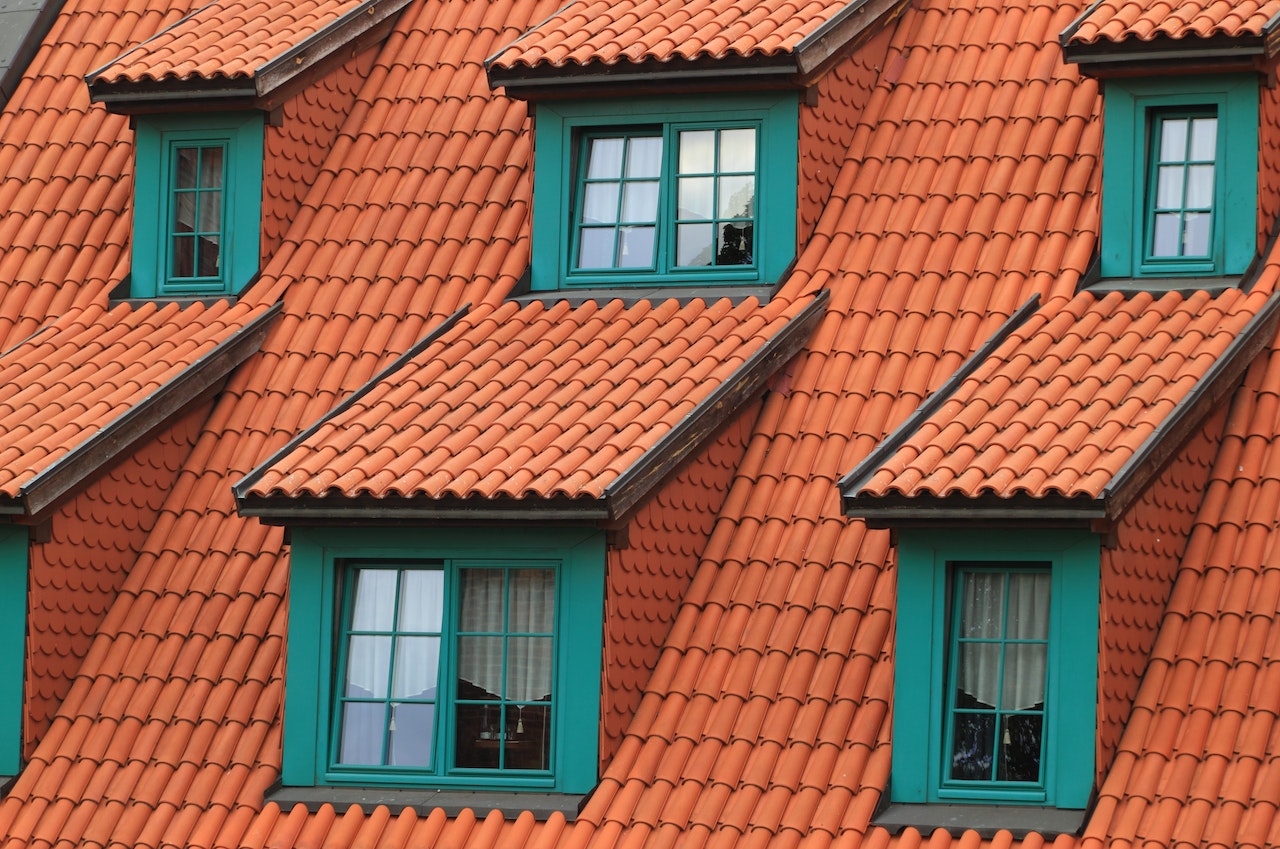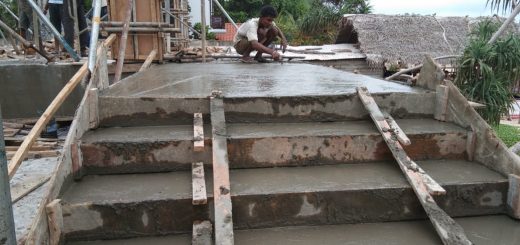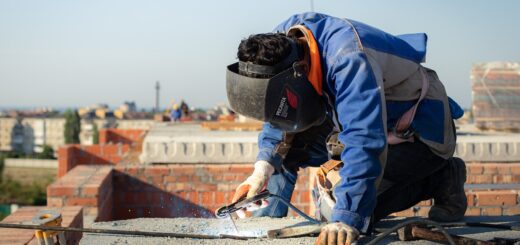Pitched Roof vs Flat Roof | Comparative Study
Whether you are building a new house or just replacing your roof, one of the most important considerations is to decide between pitched (sloped) and flat roofs. Not only do the two types of roofs have different appearances, but the practical benefits can also vary greatly depending on the climate you live in and the type of building project you are undertaking. In this blog article, we will provide an overview of the difference between pitched roof vs flat roof, as well as discuss the advantages and disadvantages of each type of roof.
Pitched Roof
Roofs are an important protective element of any building, and their design can have a significant impact on the overall look of the structure. Pitched roofs are the most common type of roof in the world and are often seen as the traditional option. Pitched roofs have a sloped design, and the angle of the slope can vary depending on the location and climate.
One of the main benefits of a pitched roof is that it helps to shed water and snow more effectively than a flat roof. This is particularly important in areas with high rainfall or snowfall, as it helps to prevent water damage to the roof and the interior of the building. Pitched roofs also tend to be more durable than flat roofs, as the sloped design helps to resist the build-up of debris and the accumulation of water.
Advantages of Pitched Roofs
- Pitch roof allows good ventilation.
- It is good insulation to the heat with good ventilation and if required insulation can be added specially for the steel roofs.
- Low maintenance
- Proper stormwater drainage
- Cost of construction would be lower provided that there is no significant cost for supporting the structure of the roof.
- Solar Panels can be fixed on the roof.
- Good aesthetic appearance
- Longer life span
Flat Roof
Flat roofs are becoming increasingly popular in both commercial and residential construction. One of the main benefits of a flat roof is that it is easier and cheaper to install than a pitched roof. Flat roofs also tend to require less maintenance than pitched roofs, as there are no gutters or downspouts to clean and there is less danger of debris build-up. Another advantage of flat roofs is that they can be used to create “rooftop gardens” or “green roofs”, which can help to reduce the Urban Heat Island Effect and lower energy costs.
There are also some disadvantages to flat roofs. One of the most significant is that they are not as effective at shed rain and snow, which can lead to water damage if the roof is not properly maintained. Flat roofs are also more susceptible to wind damage, as the lack of slope can cause the roof to lift in strong winds. For this reason, flat roofs are not typically recommended for areas with high winds or severe weather conditions.
Advantages of Flat Roof
- Flat roofs have a unique feature concerning their aesthetic appearance.
- Mostly they are reinforced concrete slabs.
- Low thermal transfer and higher thermal comfort. Further, we can add insulation above the slab to control the heat transfer.
- Structurally more stable than pitched roofs as they can lift due to the high winds.
- More durable
- Time to time inspection may be required to check the condition of the roof for deterioration.
So, which type of roof is right for you? This discussion on pitched roof vs flat roof would be useful. The answer will depend on several factors, including the climate, the type of building, and your personal preferences. If you live in an area with severe weather conditions, a pitched roof is likely the best option. If you are looking for a roof that is easy to install and maintain, however, a flat roof may be a better choice.




